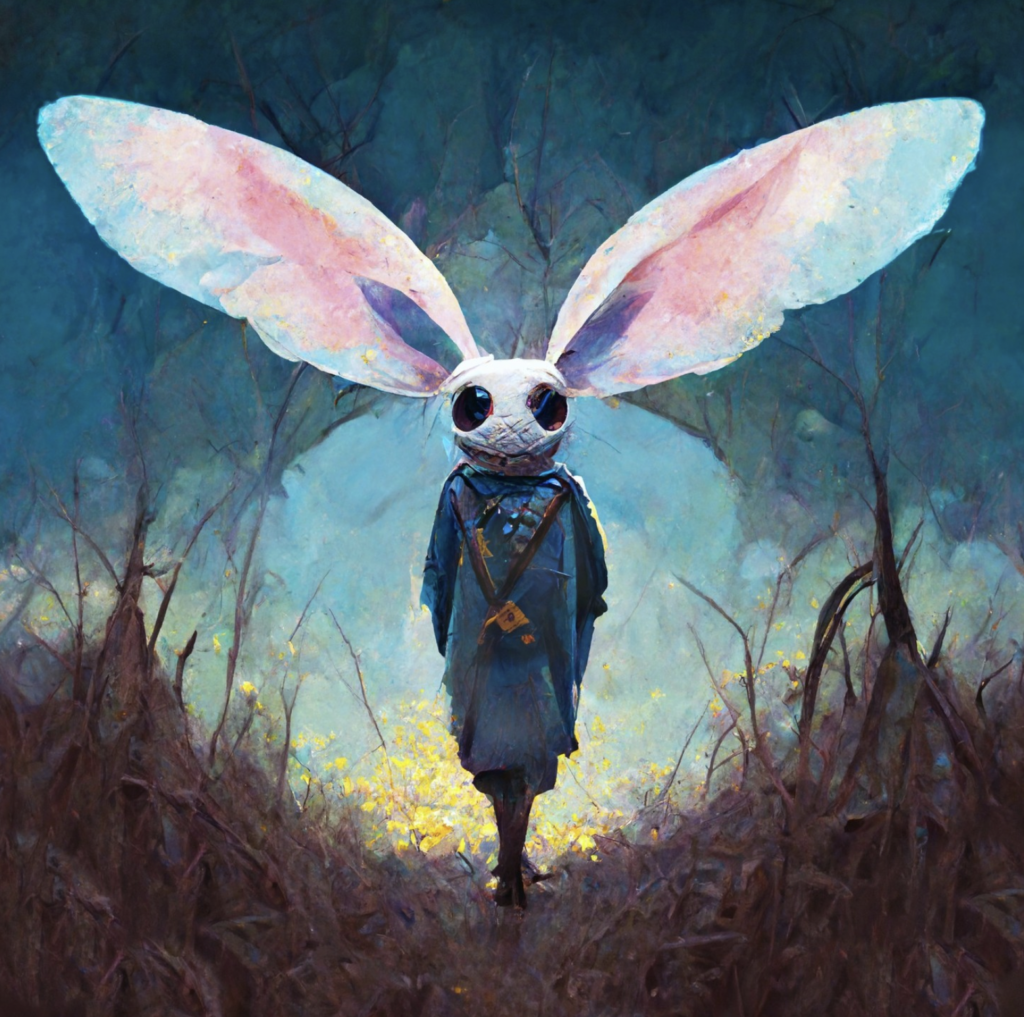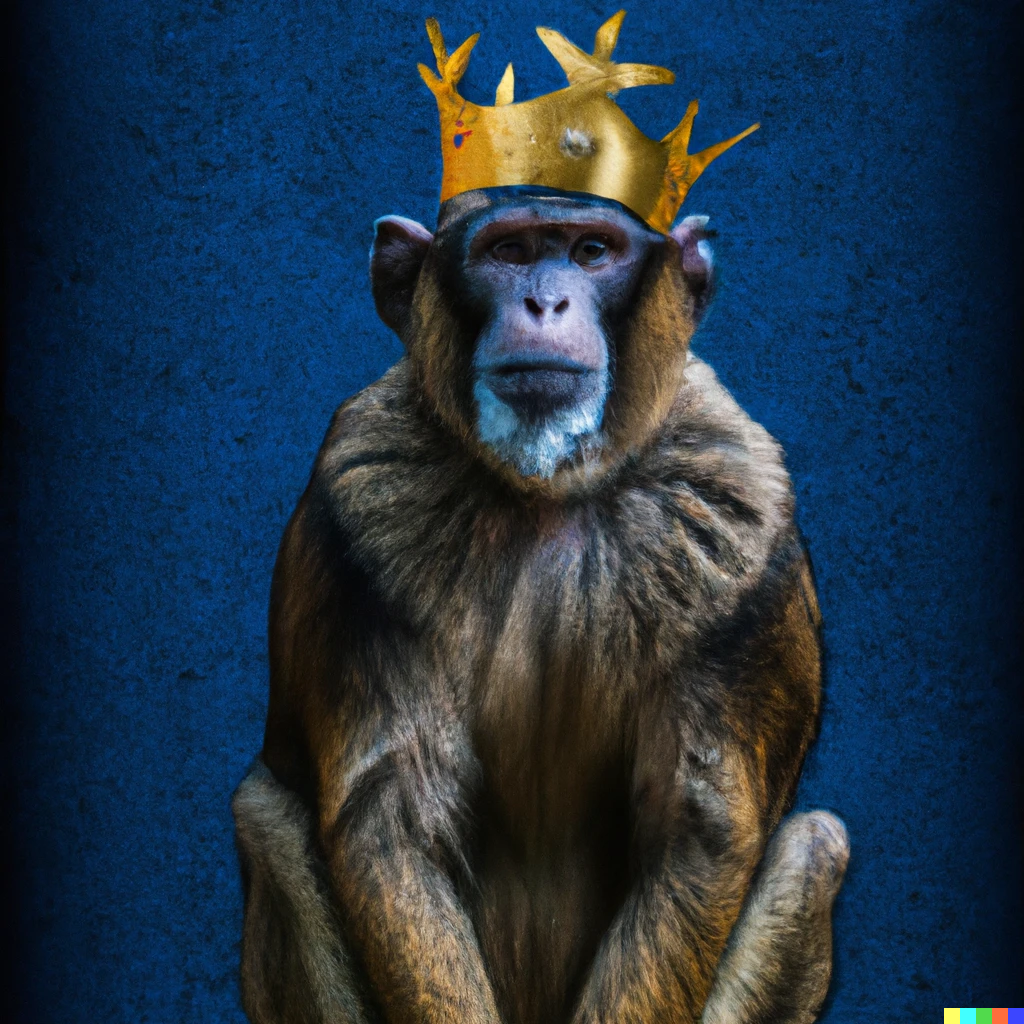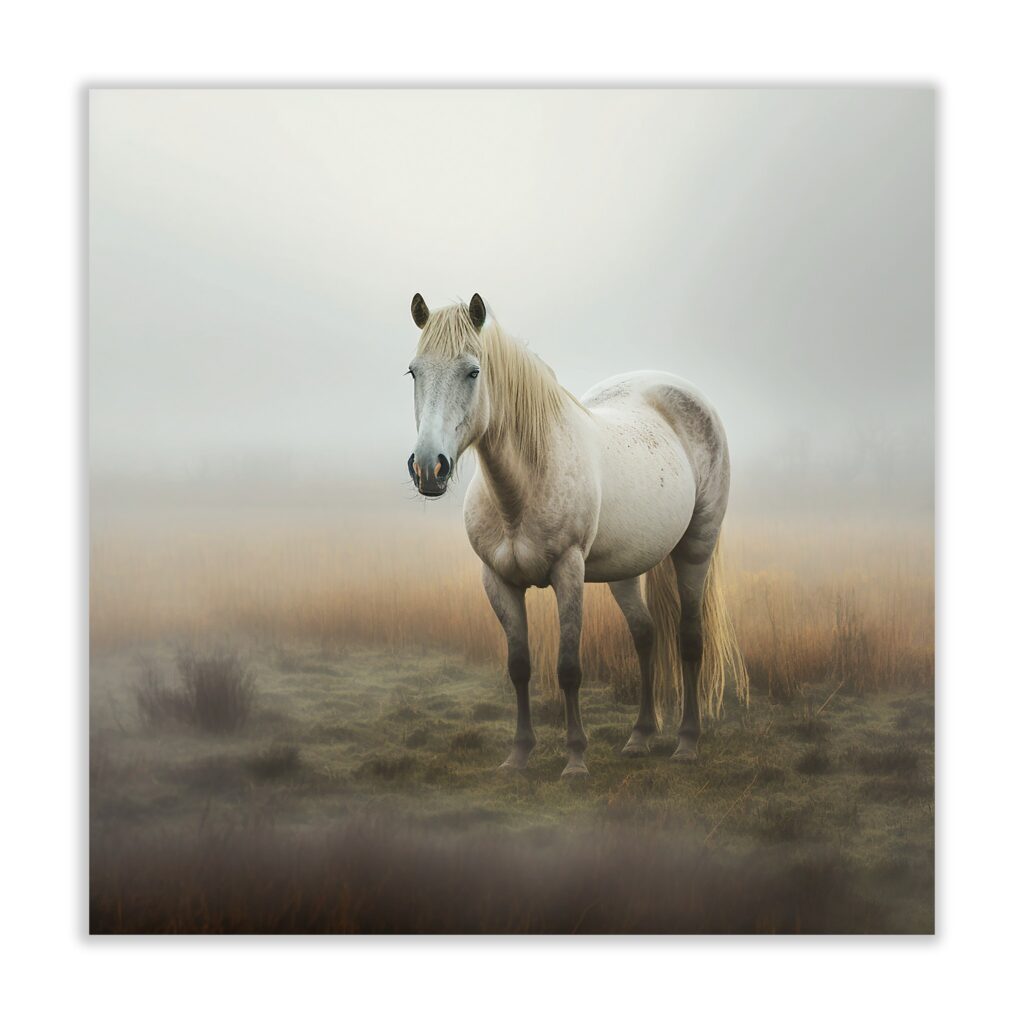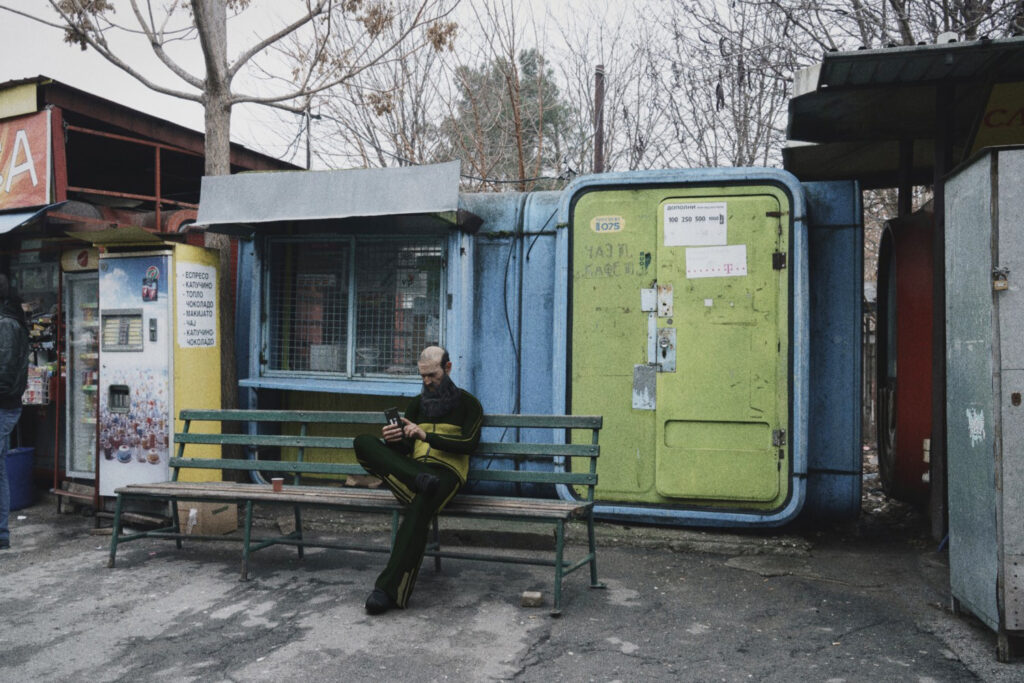
“When I use a word,’ Humpty Dumpty said in rather a scornful tone, ‘it means just what I choose it to mean — neither more nor less. ‘ ‘The question is,’ said Alice, ‘whether you can make words mean so many different things.” — Lewis Carroll, Through the Looking Glass
AI is altering the artistic landscape, and whether you love it or hate it, that is a fact. There are ethical issues, as there always have been with changes in technology. That is a swamp that will need a lot of work to clean up. But, complaining about it will not make it go away. Where we are now is the logical extension of the very first computer-generated art exhibition in the 1950s called, imaginatively enough, “Computer Generated Pictures.” It was implicit with the birth of Photoshop, Illustrator, Corel Draw and others in the late 1980s.
Then, there was a human being who had to work with the software in ways analogous to the craft of art in order to change or digitally create an image. We painted or drew with software-designed analogies of brushes and charcoal. We made 3-D objects on a lathe. It was still us, making the image. Mostly. Now, a person typing in a text string can use an AI to create images ranging from exceptionally beautiful to utterly awful. Are we still making the image?
I say we are. The AI is not self-starting. Learning how to direct the AI to make the image that is in the human mind takes time and skill. Maybe it’s a collaboration, or maybe it’s just a different kind of software. But so far, the intent is still coming from a person. Does that make it art? If you think intent matters (and I do) an AI created image directed by a human-generated text string can be art. Because the definition of art is complex and relies not just on the creator’s intent, but also on the audience’s perception. The Mona Lisa is art because we say it is.

Equally complicated is whether or not it can be photography. When you think of photography you probably picture a camera, something bulky and black with a lens that can be changed. What you should think of is a phone. More photos are taken by phones than by cameras. Now, I want you to think about that sentence. I want you to think about how often you talk on your phone, and how often you take pictures with your phone. If you choose to buy a new phone, do you choose one on the basis of its audio quality for phone calls, or because it has a new lens conglomeration that takes better images? Is a phone a camera? Are the images it makes photographs?
If you say yes to that, you’ve already altered your internal definition of photography. As soon as the definition of photography becomes “an image created by light falling on… an electronic image sensor” all bets are off. Admittedly, Wiki is not an expert. But the Greek origins of the word — photo (light) graph (drawn) again leave the barn door open. Drawing with light. What a beautiful concept. I am drawing with light as I type this on my lapto

I admit I am personally resistant to the idea of AI images being considered photography. I grew up with photography being a standard for truth and the real. I remember the shock I felt when I walked into a room full of middle-aged men airbrushing the advertising underwear models for the Sunday New York Times. But the origin of photography has plenty of lies in it. Two words. Cottingly Fairies. I believe it’s a direct line from the Cottingly Fairies to Jonas Bendikson’s Book of Veles. Do we consider the fairy pictures photographic history? We do. Then isn’t Bendikson’s combination of photographs and AI generated images also photographic history? I think it is. I admit it’s complicated and uncomfortable.
Thanks to Dr. Grant Scott’s insightful essay, “What Is A Photograph” (https://unitednationsofphotography.com/2022/12/29/what-is-a-photograph/) I am persuaded that the definition of photography will change to include AI generated images. Because if we’re looking for some quantifiable truth in a photograph — that this is how it was on a certain day at a certain time in a certain place — then we’re already lost. Our phones alter the pictures as they take them to improve the lighting, creating landscapes that didn’t look like that. If you use the automatic setting, or any of the combinations of them, your digital assistant in your DSLR camera is making decisions about the scene without you. Aren’t those also AI generated images? And if not, why? The human is pointing the camera; the camera is making all the decisions about focus and f stop and ISO. Is that so very different from typing up a text string and seeing what develops (pun intended)?

As Dr. Grant points out, once a video was a specific piece of technology, now it is the making of any moving image. We take videos with our cameras, our phones, our go pros, our drones. It’s a long, long way from slamming a video cartridge into a video player, then sitting back to watch a movie. On video. I don’t have to like it, but I can see how photography can go from an analog method of making an image by exposing a picture onto light sensitive film and then developing and printing it in a dark room, to a phone taking an image and storing a digital file of it, to an AI creating an image that looks like an old time photo, so therefore it is one. Technology changes. We can’t stop that, but we do have a choice between saying no, no, no, or of accepting it and working to manage the many troubling ethical issues that come with it.
Interesting reading your comments about AI and art and photography. Thanks.